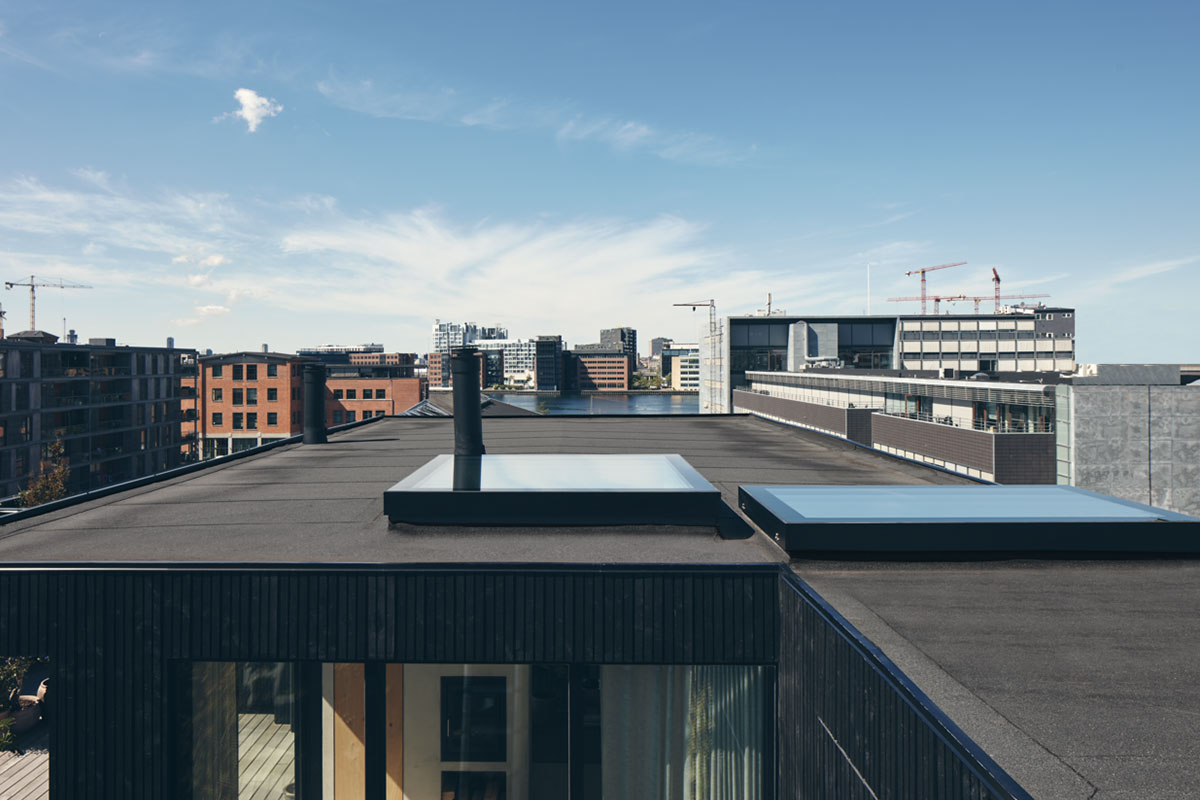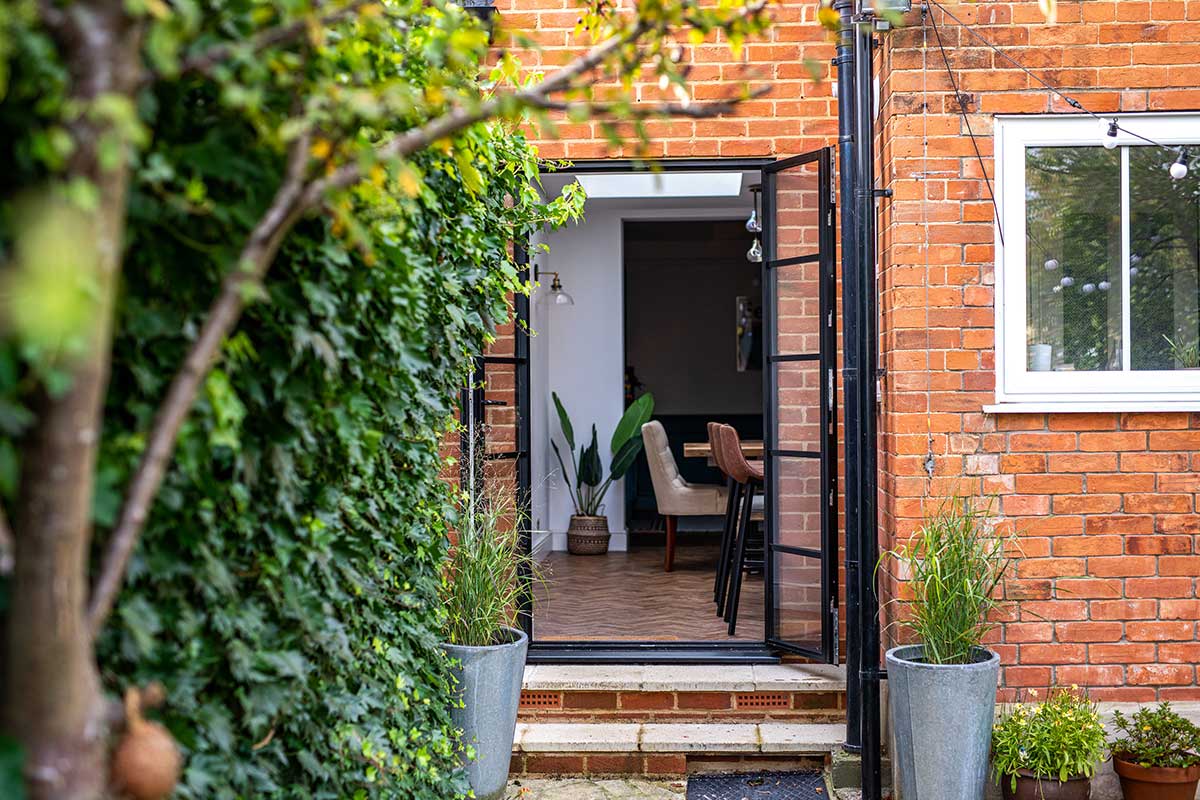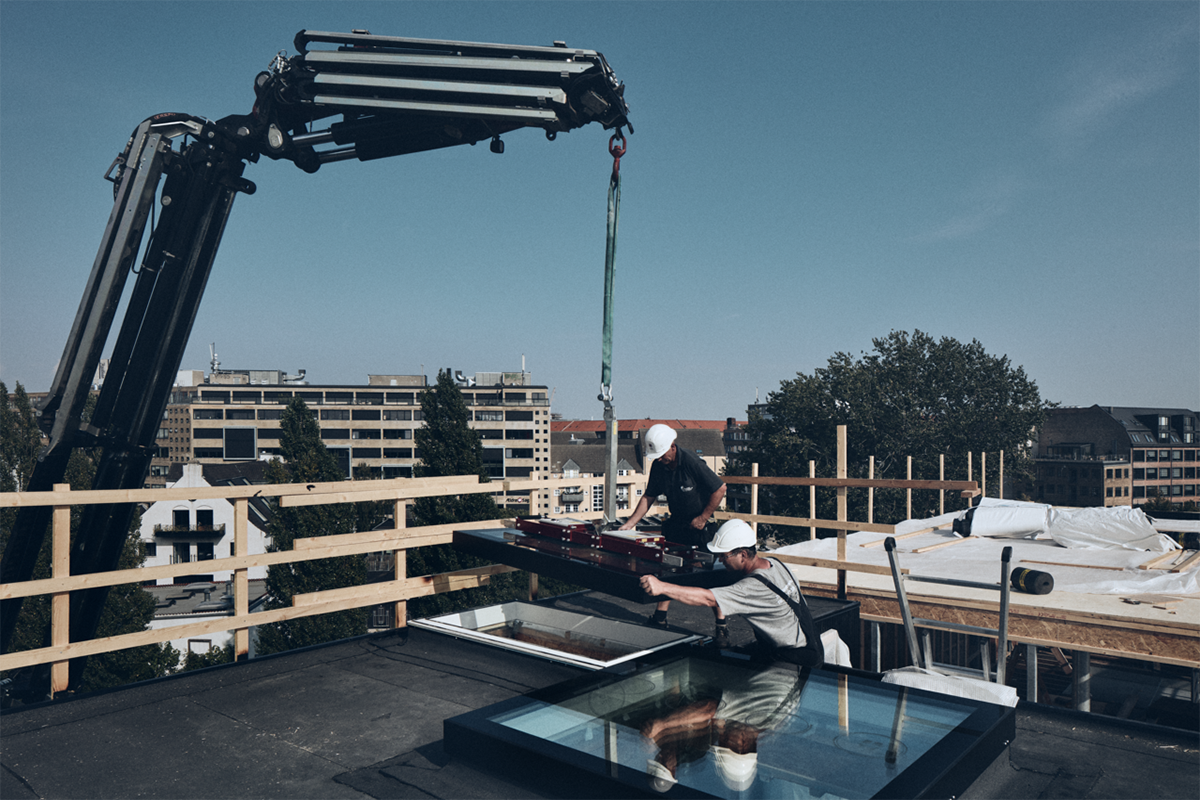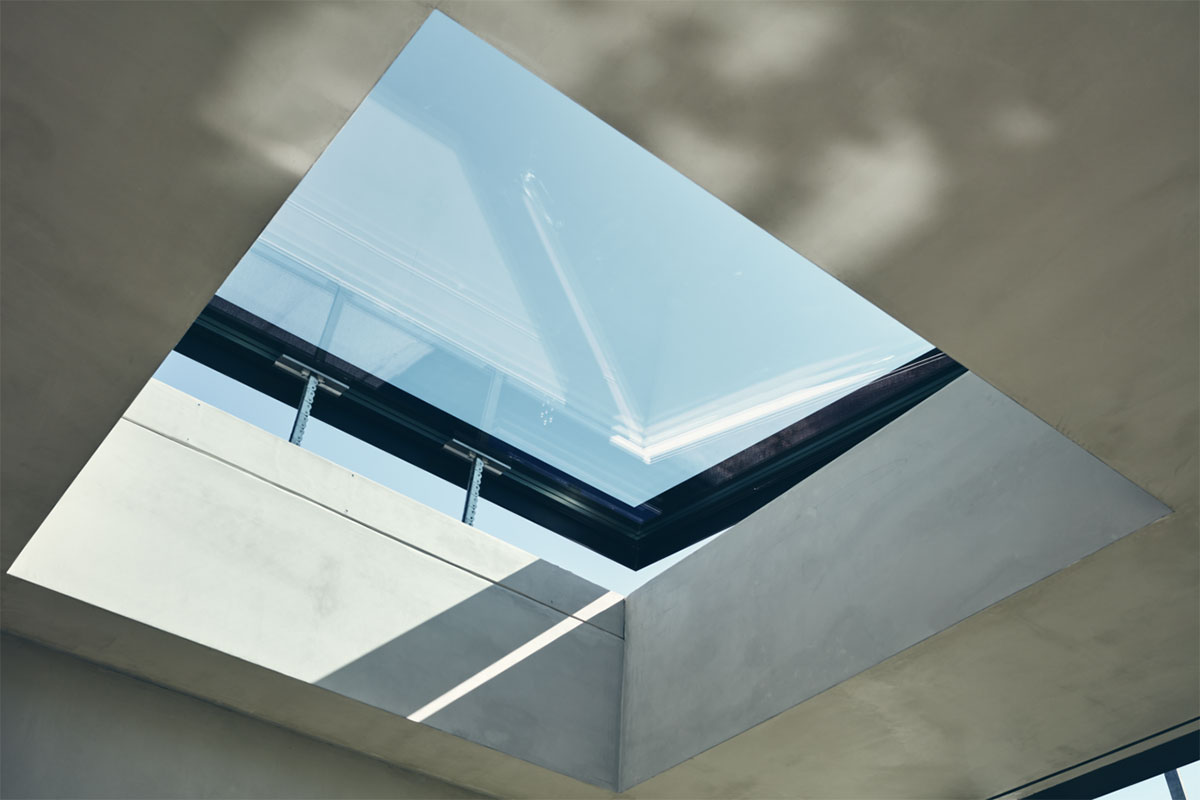Why light and shadow matter in a home
When it comes to creating a great home and beautiful living space you need to make sure that your light and dark elements are complementing each other to create an unrivalled look.
To help us look into the impact light and dark light has on a home, we’re going to look into the work of Swiss architect Charles-Édouard Jeanneret, better known as Le Corbusier, an influential architect and city planner whose designs combined functionalism with bold sculptural expressionism.
Le Corbusier - Who was he?
To improve the look of your home, it's important to take on board the ideas and groundbreaking buildings that Le Corbusier developed around the world.
He developed a range of structures including collages, paintings, sculptures, numerous urban development plans and three religious structures, all of which showed off his expert use of light to create work that was simply stunning.
Light in architecture
Why was Le Corbusier so influential, and how did he make light seemingly bend to his will in his architecture? His method to utilise shape and light was ground-breaking, as he saw light as a part of his overall vision and not just as a result of it. He played with light in dramatic fashion, using it to inspire his buildings to look divine and incorporate the horizons and natural daylight through multi-angled windows.
Le Corbusier often let light tease off of straight lines and well-placed curves in the design of the buildings in order to give them a contrast between light and dark that gave life to areas where previously there may have been no interest in.
What’s more impressive, is that Le Corbusier also took the Earth’s position in relation to the sun into his thinking as well, with many of his architectural designs shifting light in different ways through the year as the sun rose and set at different times depending on the time of year. His dynamic designs elevate static buildings to become something more, no matter the weather or season.
Shadow within architecture
Where there is light, there is also shadow. You can’t have one without the other and it’s the same in architecture. With minimalism featuring heavily in 2022’s design trends, using both shadow and light within a spatial area can often bring everything together both in the light part and shadow.
A pattern of light and dark often emphasises shapes and lights more so than normal, especially as shadows can help your design to develop a sharp contrast, helping you to focus the viewers' attention on a particular area or to embellish a particular part of the design more so than with just natural lighting.
When done correctly, the perfect use of light and shadow can impact in a positive way on mood and wellbeing, helping you to bring beneficial psychological effects to help you and your family inside your home whilst also impressing people with the design through its ability to present space and highlight areas in an incredibly dynamic fashion just as Le Corbusier first identified many years ago.
His work
As you can see from some of the images on this page, Le Corbusier’s architecture is striking. His ability to create a contrast between light and shadow that creates a unique environment is truly phenomenal.
His three sacred buildings, the pilgrimage chapel at Roncahmp, the monastery of Sainte Marie de La Tourett and the parish chur of Saint-Pierre in Friminy are each individual in their styles but astonishing to look at and be in.
The images really do speak for themselves:


Photo: Luca Onniboni on archiobjects.org & Hemis/Alamy on architecturaldigest.com
Using daylight and shadow in your home
Inspired by Le Corbusier? Well, what he achieves isn’t impossible, no matter your home’s makeup. Using light and shadow through the use of rooflights can help you to elevate your home and be something more than the sum of its parts. Creating beautiful living spaces to enjoy with family and friends, whether it be over dinner, relaxing during a quiet moment or just creating an effect to enjoy the beauty of natural light all year round is possible.
Contact our Daylight Experts today and see how you can bring light and shadow together in your home to create an effect that is impossible to replicate through artificial means.





































